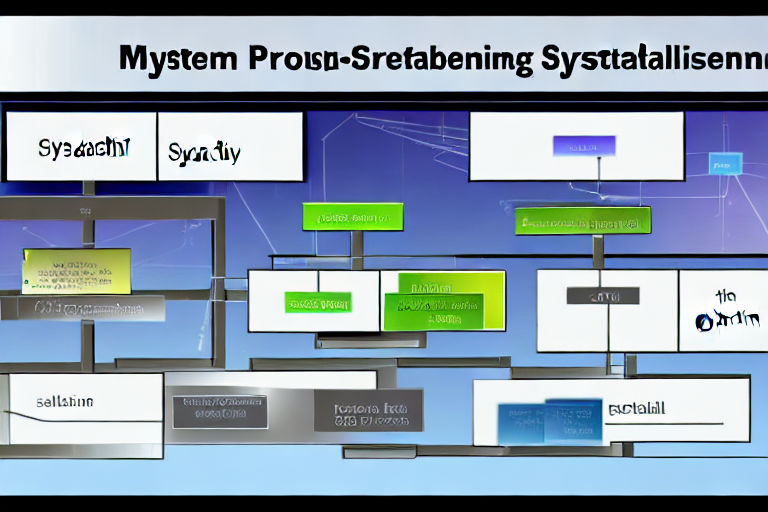The Pros and Cons of Multi-Process Architecture in System Programming
In system programming, multi-process architecture is a common approach to designing and implementing robust and scalable systems. This architectural pattern involves splitting a large process into multiple smaller processes that can communicate with each other and work together to achieve a larger goal.
Pros of Multi-Process Architecture
- Scalability: One of the biggest advantages of multi-process architecture is scalability. By dividing a large process into multiple smaller processes, it becomes easier to scale individual parts of the system as needed.
- Reliability: Another advantage of multi-process architecture is improved reliability. If one process fails, it does not necessarily mean the entire system will fail. Other processes can continue to operate independently, minimizing the impact of a failure.
- Flexibility: Multi-process architecture also offers flexibility, as developers can create and manage individual processes separately. This makes it easier to add new features or make changes to the system without worrying about disrupting the entire system.
Cons of Multi-Process Architecture
- Complexity: One of the biggest downsides of multi-process architecture is increased complexity. Managing multiple processes that communicate with each other can be difficult and requires careful planning and coordination.
- Resource Consumption: Multi-process architecture also consumes more resources, as each process requires its own memory, CPU time, and other system resources. This can be a significant factor in systems with limited resources.
- Communication Overhead: Communication between processes also introduces additional overhead, which can slow down the system and increase latency. Implementing efficient communication mechanisms is essential to keeping the system responsive and performant.
Overall, multi-process architecture can be an effective approach to system programming, particularly for large and complex systems that rely on scalability and reliability. However, it is not without its challenges, and developers must carefully consider the pros and cons of this approach when designing and implementing their systems.



